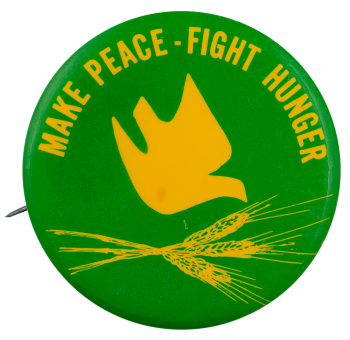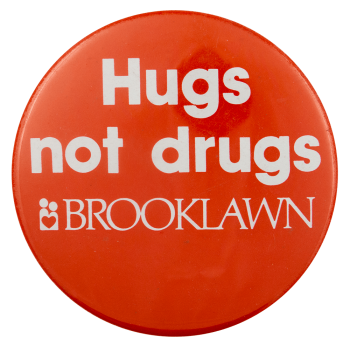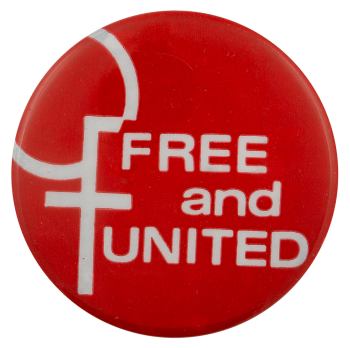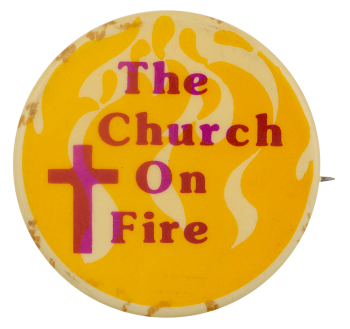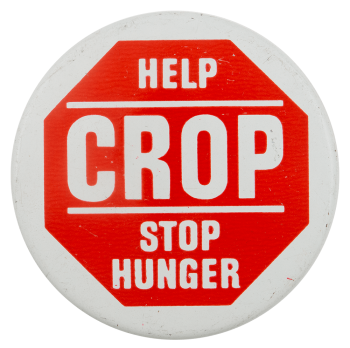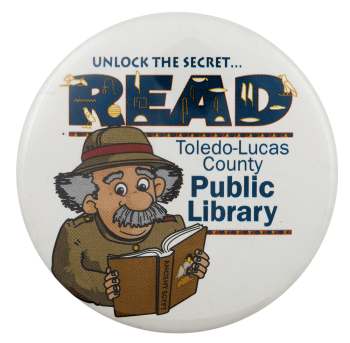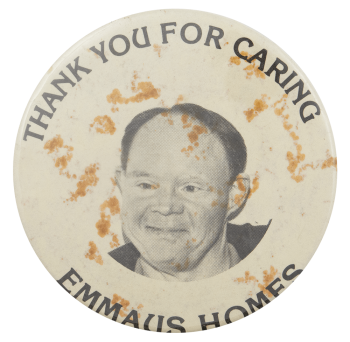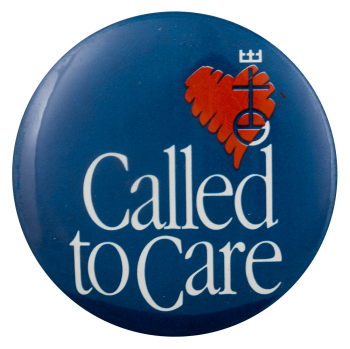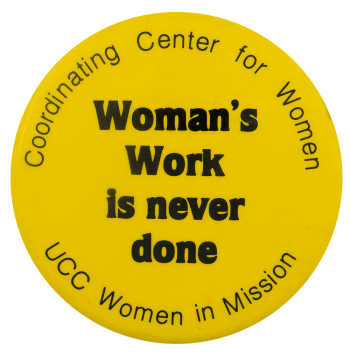Make Peace Fight Hunger
| Category | |
|---|---|
| Additional Images | |
| Sub Categories | |
| Text on Button | MAKE PEACE - FIGHT HUNGER |
| Image Description | Dove with wheat and text in yellow on green background. |
| Back Style | |
| The Shape | |
| The Size | |
| Additional Information | Protests against the American involvement in the Vietnam War grew in scale in 1965 after the introduction of the draft. In 1968, a large outdoor concert entitled, "Composers and Musicians for Peace," was staged in New York. The same year, protesters disrupted the reelection campaign of Lyndon Johnson, ultimately leading to his departure from the race. Though many consider 1968 to be the peak of the protests, the antiwar movement continued for the duration of the Vietnam War and was a defining feature of art, music, and student life in the 1960s. In addition to the escalating calls for peace, the 1960s also saw an increased demand to alleviate widespread poverty. To decrease starvation and poverty in the United States, President Johnson launched a “War on Poverty” by passing the Economic Opportunity Act. During his term, Johnson focused his efforts on assisting the 19 percent of Americans who lived below the poverty line through legislative action. In addition to the Economic Opportunity Act, which created eleven major initiatives like the Job Corps and Volunteers in Service to America (VISTA), Johnson also formed the Head Start, Medicare, Medicaid, and Food Stamp programs. These efforts were immediately effective and led to an 8 percent reduction in poverty rates by 1973—the lowest it has ever been since these measurements were recorded. Some of these initiatives, however, were undone by President Bill Clinton when he, along with the Republican-dominated Congress, passed the Personal Responsibility and Work Opportunity Act in 1996. |
| Sources |
Ashton, C. (2018). "Social Impacts of Popular Culture During the Vietnam War". Advanced Writing: Pop Culture Intersections. 24. https://scholarcommons.scu.edu/engl_176/24. Gitlin, Todd (1993). The Sixties: Years of Hope, Days of Rage. New York: Random House Publishing Group. p. 323. Lowrey, A. (2014, January 5). 50 years later, war on poverty is a mixed bag. New York Times. https://www.nytimes.com/2014/01/05/business/50-years-later-war-on-pover… Matthews, D. (2014, January 8). Everything you need to know about the war on poverty. Washington Post. https://www.washingtonpost.com/news/wonk/wp/2014/01/08/everything-you-n… |
| Catalog ID | CA0806 |

